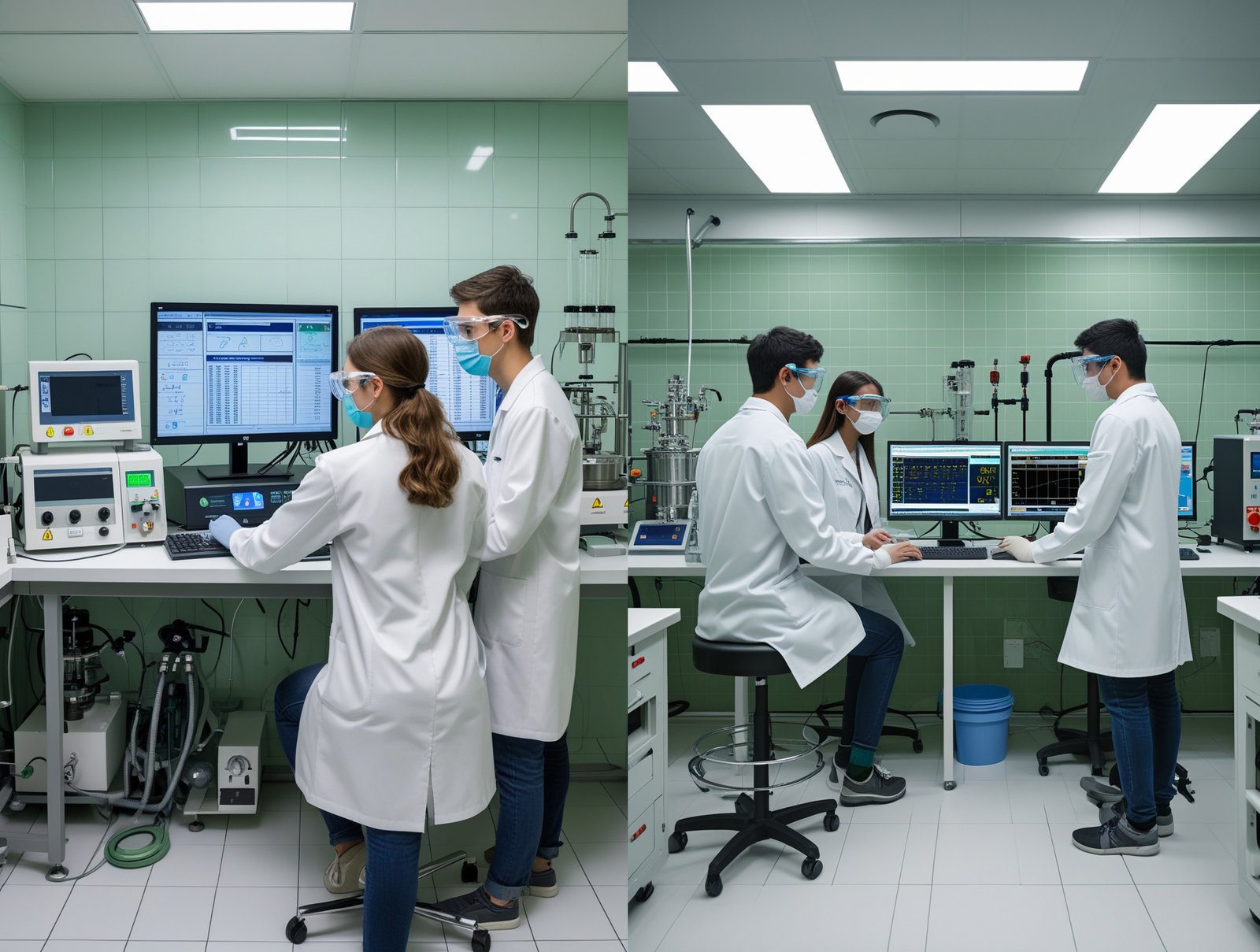
Oxygen/CO₂ Analyzers in the Dairy Industry: Applications and Benefits
In the dairy industry, maintaining product quality, extending shelf life, and preventing microbial spoilage are critical. Controlling oxygen (O₂) and carbon dioxide (CO₂) levels during packaging and storage plays a vital role in achieving these goals. Oxygen/CO₂ analyzers measure gas concentrations, providing significant advantages in ensuring product freshness and safety.
The Impact of O₂ and CO₂ in the Dairy Industry
1. Harmful Effects of Oxygen (O₂)
- Oxidation:High O₂ levels cause fat oxidation in dairy products, leading to rancidity and off-flavors.
- Microbial Growth:Promotes the proliferation of aerobic bacteria and molds, accelerating spoilage.
- Vitamin Loss:Oxygen exposure degrades vitamins A, C, and D, reducing nutritional value.
2. Benefits of Carbon Dioxide (CO₂)
- Antimicrobial Effect:CO₂ inhibits bacterial and fungal growth, extending shelf life.
- Freshness Preservation:Used in Modified Atmosphere Packaging (MAP) to maintain product freshness.
- pH Control:Dissolved CO₂ lowers pH, suppressing pathogen growth.
Applications of O₂/CO₂ Analyzers
- Packaging Processes
- Ensuring optimal O₂/CO₂ ratios in Modified Atmosphere Packaging (MAP).
- Detecting residual oxygen in vacuum packaging.
- Storage and Transportation
- Monitoring gas concentrations in storage tanks during cold chain logistics.
- Controlled Atmosphere (CA) storage systems for dairy products.
- Quality Control & Laboratory Testing
- Measuring O₂/CO₂ levels in shelf-life testing.
- Tracking gas exchange in spoilage analysis.
Advantages of O₂/CO₂ Analyzers
✔ Extended Shelf Life: Proper gas composition keeps products fresher for longer.
✔ Quality Assurance: Minimizes oxidation and microbial contamination risks.
✔ Cost & Energy Savings: Reduces product waste and improves efficiency.
✔ Regulatory Compliance: Meets food safety standards (FDA, ISO, HACCP).
✔ Real-Time Data: Enables optimized process control with instant measurements.
O₂/CO₂ analyzers are indispensable tools in the dairy industry for maintaining product quality and ensuring food safety. By reducing oxidative spoilage and microbial risks, these devices help deliver longer-lasting, safer dairy products to consumers. Advances in portable, high-precision analyzers further streamline quality control processes in the sector.
References:
- Food and Agriculture Organization (FAO) reports
- Journal of Dairy Science
- Research on Modified Atmosphere Packaging (MAP) technologies


